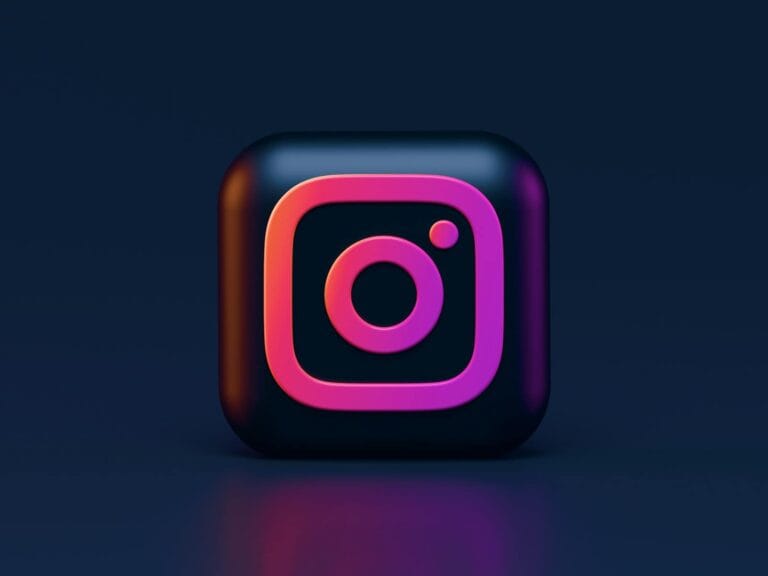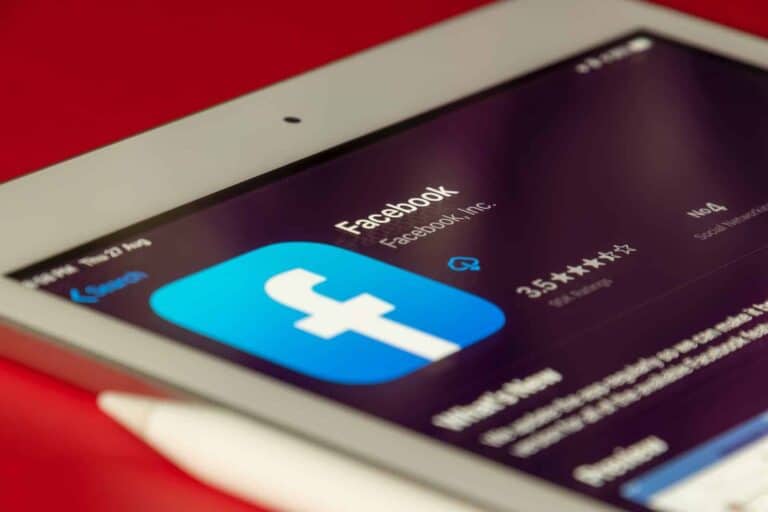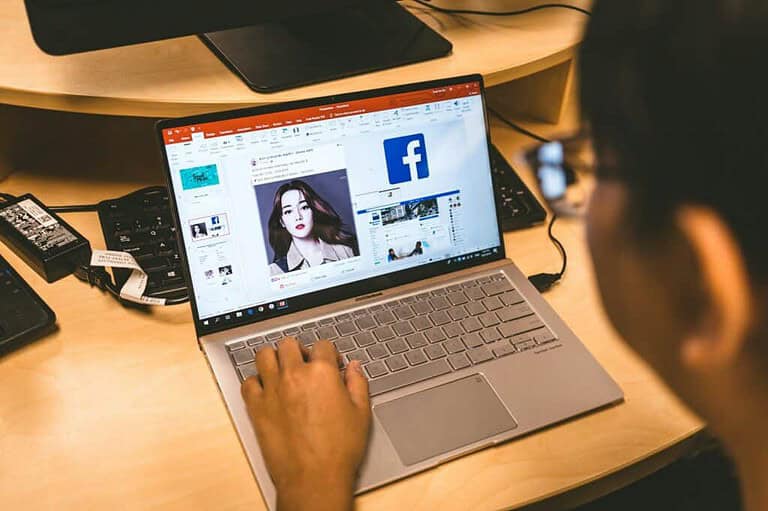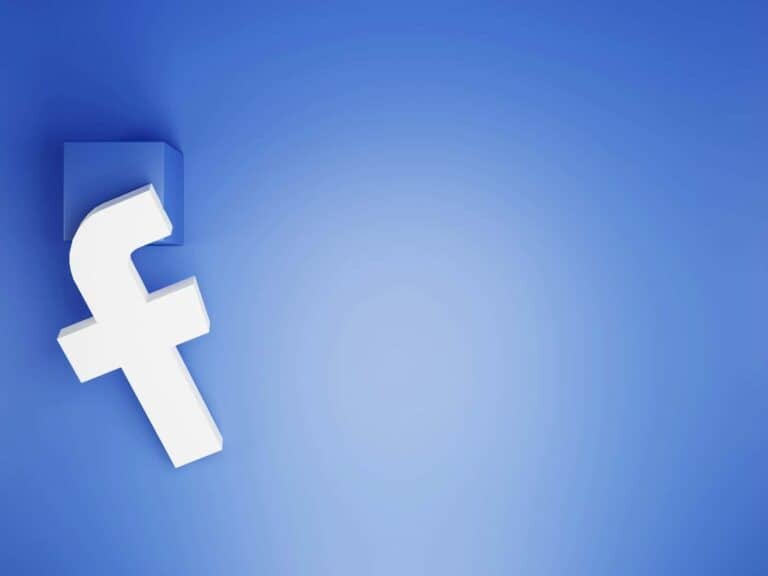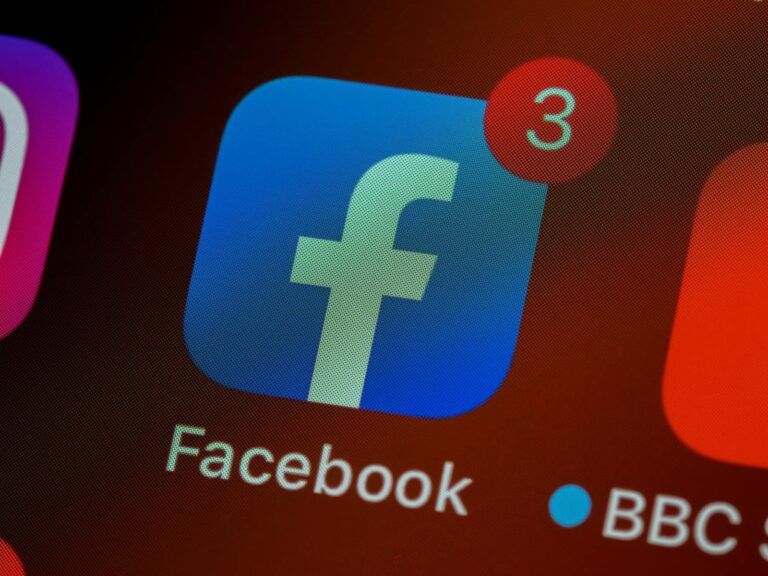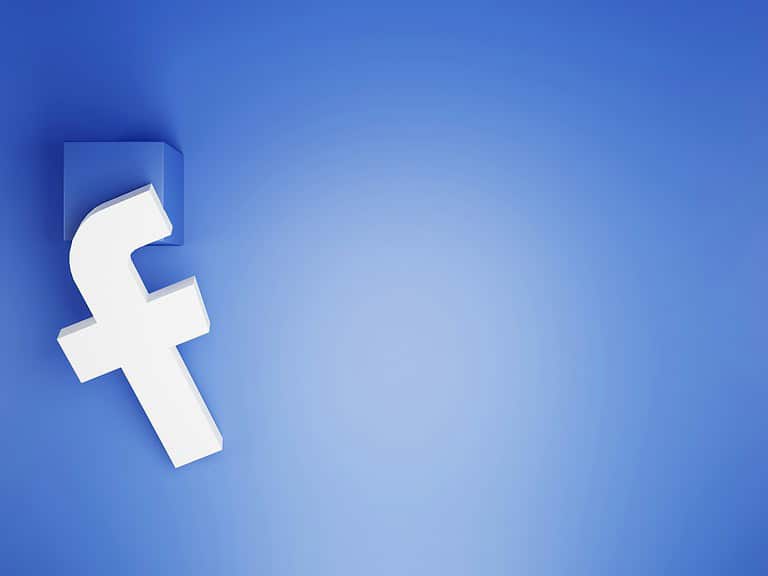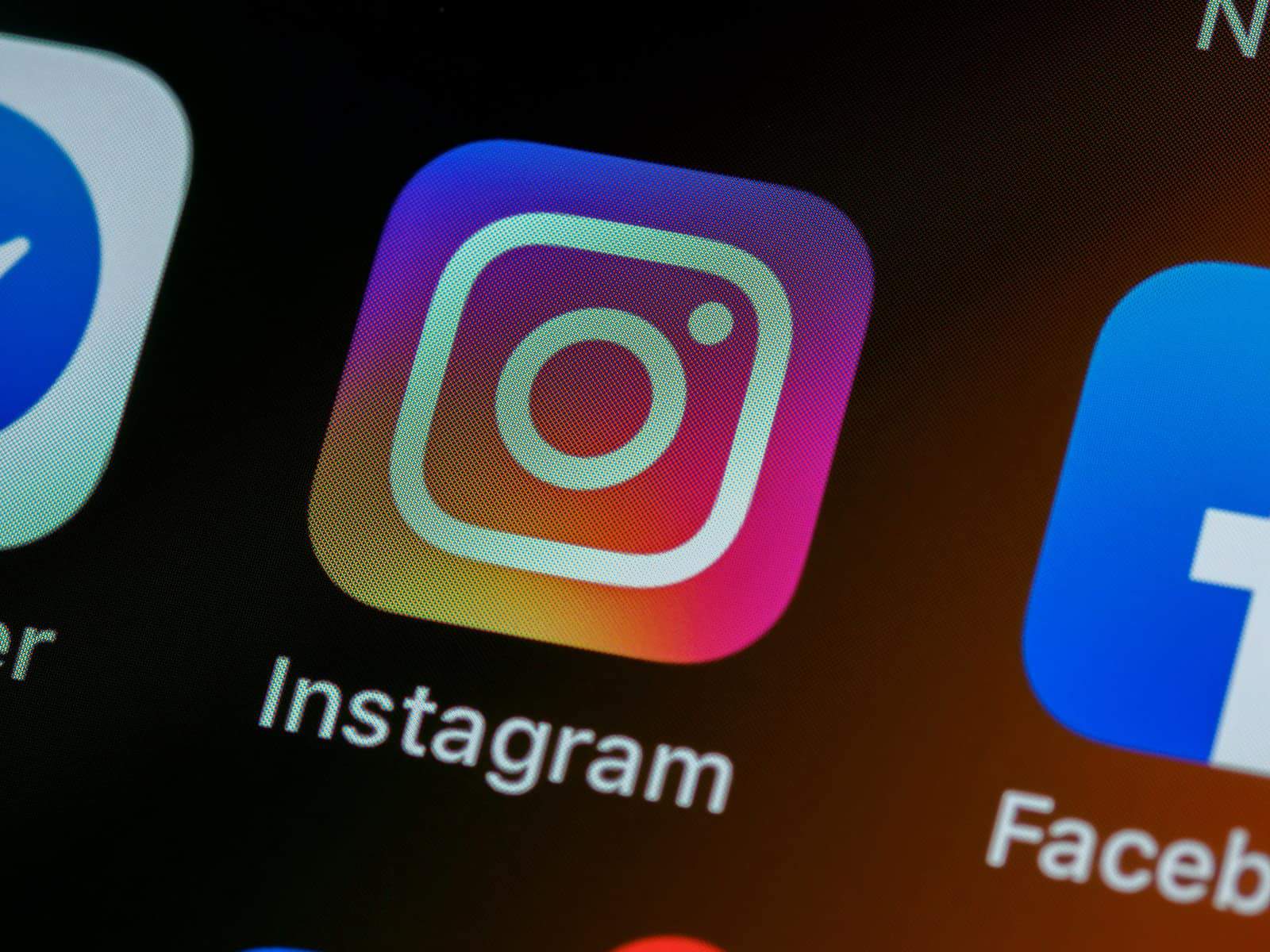
Facebook acquired Instagram for about $1 billion back in 2012, in a combination of cash and stock. At that time, Instagram was a popular photo-sharing app with over 30 million users. Mark Zuckerberg, Facebook’s CEO, saw the acquisition as a way to enhance the mobile experience on their platform. The deal demonstrated how much social media companies valued new apps with a large user base. The integration of Instagram with Facebook allowed for the sharing of more features between the two platforms and provided Facebook with more data for its advertising business.
Over a decade later, it’s evident that this strategic move has significantly impacted the digital landscape and in hindsight, was one of the greatest tech acquisitions of all time. This article looks into the consequences of the acquisition, charting Instagram’s transformation from a simple photo-sharing app to a cultural powerhouse. It examines the app’s influence on trends, its role in the creator economy, and the challenges it faces as it continues to expand.
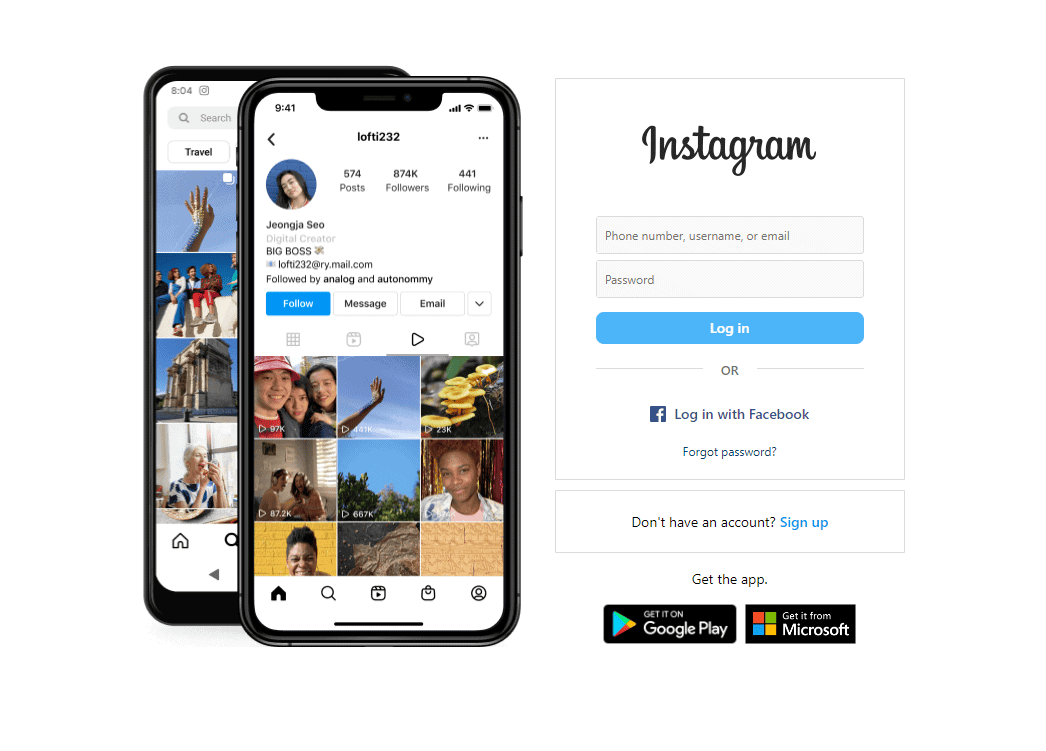
The Instagram Impact: A Decade After the Deal
A Billion-Dollar Bargain?
Facebook made headlines when it acquired Instagram for such a large sum of cash and stock (estimated at the time to add up to $1 billion). Many were surprised by the acquisition, considering Instagram was just a growing photo-sharing app with a relatively small user base. A lot of people thought Facebook could have just knocked off the app and saved a ton of money that way.
However, looking back, it turned out to be a smart and bold move by Facebook. Today, Instagram has become a major player in the social media world, with over a billion active users and generating significant revenue for Facebook. The acquisition is now considered one of the most strategic and successful moves in the history of the tech industry.
The Evolution of Instagram
Over the years, Instagram has evolved far beyond its original photo-sharing roots. It has introduced features like Stories, Reels, and Shopping, transforming itself into a multifaceted platform for content creators, businesses, and everyday users. This constant innovation has been key to Instagram’s sustained success, keeping it ahead of the curve and attracting a diverse audience.
Instagram’s Influence on Culture
Instagram’s impact extends beyond the realm of social media. It has profoundly influenced popular culture, shaping trends in fashion, beauty, travel, and even food. The platform’s emphasis on visual content has also given rise to a new generation of influencers and creators, who wield significant sway over their followers.
The Road Ahead
As Instagram enters its second decade under Facebook’s umbrella, the future looks bright. The platform continues to grow and innovate, and its influence on culture shows no signs of waning. While challenges like privacy concerns and misinformation persist, Instagram remains a powerful force in the social media landscape.
Key Milestones
| Year | Event |
|---|---|
| 2010 | Instagram launches |
| 2012 | Facebook acquires Instagram for $1 billion |
| 2013 | Instagram introduces video sharing |
| 2016 | Instagram launches Stories |
| 2018 | Instagram launches IGTV |
| 2020 | Instagram launches Reels |
| 2021 | Instagram surpasses 1 billion monthly active users |
How Facebook’s Instagram Move Shaped Social Media
Acquiring Instagram was a pivotal move in the tech landscape, and it’s hard to imagine Meta without it. The photo-sharing app was initially launched in 2010, and within 18 months, it boasted a user base of 30 million users and was growing at a rate so fast it caught Facebook’s attention.
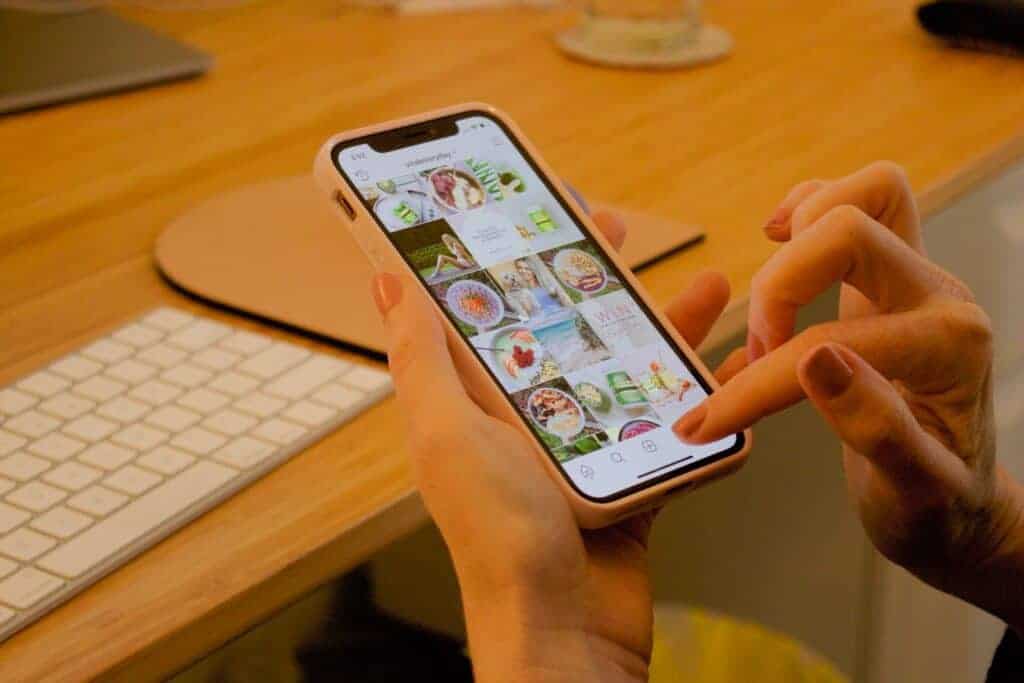
At a Glance
Here’s a quick snapshot of this significant deal:
| Aspect | Details |
|---|---|
| Acquisition Date | April 9, 2012 |
| Price | $1 billion (cash and stock) |
| Instagram Employees at Time of Sale | 13 |
| Instagram Users at Time of Sale | Approximately 30 million |
Why Did Facebook Buy Instagram?
Several factors played into Facebook’s decision:
- Eliminating a Competitor: Instagram’s growing popularity posed a potential threat to Facebook’s photo-sharing dominance. By acquiring it, Facebook neutralized a rising competitor.
- Expanding User Reach: Instagram’s focus on mobile users perfectly complemented Facebook’s strategy and broadened their overall audience.
- Acquiring Talent: Instagram’s small but impactful team brought onboard fresh perspectives and innovative ideas.
The Deal’s Fallout
The long-term consequences of this acquisition include:
Positive
- Feature Evolution: Instagram benefited significantly from Facebook’s influence and resources, accelerating the development of features such as Stories and Reels.
- Advertising Powerhouse: The combined platforms created a robust advertising network, highly lucrative for Facebook.
Negative
- Concerns over Competition: The deal raised antitrust concerns about Facebook’s increasing dominance in the social media market.
- Privacy Worries: Data sharing practices between Facebook and Instagram sparked privacy debates among users.
Today, Instagram stands as a major player in social media. Its influence on visual communication and online trends remains undeniable.
Key Takeaways
- Facebook acquired Instagram in 2012 for about $1 billion.
- The acquisition brought together popular social media platforms under one umbrella.
- It allowed Facebook to enhance its mobile presence and advertising capabilities.
Acquisition Details
Facebook’s dramatic $1 billion acquisition of Instagram in 2012 marked a major milestone in the social media landscape.
Purchase Agreement
Facebook announced the agreement to acquire Instagram on April 9, 2012. The deal involved a mix of cash and Facebook shares. The transaction linked one of the world’s largest social networks with a rapidly growing photo-sharing service.
Strategic Implications
When Facebook bought Instagram for about $1 billion, it was a thoughtful move to keep Instagram’s popular features and user base. This helped Facebook stay strong as a leading social network. The deal made Facebook’s engineering team work with Instagram’s to improve photo sharing quality and speed. Instagram’s focus on photo and video ads added a new way for Facebook to make money. The number of users jumped to over a billion, showing how much the business grew.
Facebook also faced less competition for ad dollars, giving the company power in the tech industry. The two companies found common ground in their mission to bring different experiences to users. They maintained both brands’ strengths and kept Instagram’s simplicity and community while reaching a wider audience. This helped keep user trust during fast industry growth.
Technical Considerations
Unlinking Facebook and Instagram Accounts
How to Unlink Facebook and Instagram
To unlink your Facebook and Instagram accounts, follow these steps:
- Open the Instagram app and go to your profile.
- Tap the three-line icon in the top right corner, then tap “Settings.”
- Tap “Account Center,” then tap “Accounts.”
- Tap “Remove” next to the Facebook account you want to unlink.
- Confirm by tapping “Remove Account” and then “Continue.”
Alternatively, you can unlink your accounts through the Facebook app by following a similar process in the “Accounts Center” settings.
Can I Have Instagram Without Facebook?
Yes, you can have an Instagram account without Facebook. While Instagram is owned by Meta (formerly Facebook), you can create and maintain an Instagram account without linking it to a Facebook account.
How to Change Facebook Account on Instagram
To change the Facebook account linked to your Instagram, first unlink the current account using the steps above. Then, follow the same steps to link the new Facebook account.
How to Stop Facebook and Instagram Syncing
After unlinking your accounts, posts you share on Instagram will no longer be automatically shared to Facebook. You can also manage connected experiences between the two platforms in the “Accounts Centre” settings.
Managing Facebook Ad Activity
How to Delete Recent Ad Activity on Facebook
Facebook keeps a record of ads you’ve interacted with. To view and manage this activity:
- Go to your Facebook Settings.
- Click on “Ads” in the left menu.
- Click on “Ad Activity.” Here, you can view and hide specific ads or clear your entire ad activity history.
Facebook offers seamless integration between its platforms, but you can easily unlink your accounts if desired. You can also manage the ads you see on Facebook by adjusting your ad preferences and clearing your ad activity history.
Linking and Finding Friends
How to Link Facebook and Instagram
To link your Facebook and Instagram accounts, follow these steps: 1. Open the Instagram app and go to your profile. 2. Tap the three-line icon in the top right corner, then tap “Settings.” 3. Tap “Account Center,” then tap “Accounts.” 4. Tap “Add accounts” and select Facebook. 5. Follow the on-screen prompts to log in to your Facebook account and connect it to Instagram.
How to Find Facebook Friends on Instagram
Once your Facebook and Instagram accounts are linked, Instagram will suggest friends based on your Facebook connections. You can also search for friends by their Facebook name or username in the Instagram search bar.
Viewing Facebook Without an Account
View Facebook Without Account
Viewing Facebook profiles or posts without an account is generally not possible. Facebook’s privacy settings require users to be logged in to see most content. There are some third-party tools that claim to offer this functionality, but their reliability and legality are questionable. It’s recommended to create a Facebook account or ask a friend with an account to view content for you.
Can’t Unlink Facebook From Instagram
If you’re having trouble unlinking your Facebook and Instagram accounts, make sure you’re following the correct steps in the Accounts Center settings on either app. If the issue persists, try logging out and back into both apps, or contact Meta support for assistance.
Additional Points
- How to Unsync Facebook and Instagram Profile Picture: Unlinking your accounts will stop your profile picture from syncing automatically. You can then change your profile picture on each platform independently.
- What Happens if I Unlink My Instagram From Facebook? You will lose the ability to cross-post content, log in to Instagram with Facebook, and find friends based on your Facebook connections.
- How to Turn Off Facebook Posting to Instagram: Once unlinked, you’ll no longer have the option to automatically post your Instagram content to Facebook.
- How to See Ads You Clicked on Facebook/Facebook Ad History/Recent Ad Activity Facebook/Facebook Recent Ad Activity/How to See Ads You Clicked on Facebook 2022: You can view your ad activity history in your Facebook settings under “Ads” > “Ad Activity.”
- How to Find an Ad on Facebook/How Do I Find an Ad I Saw on Facebook/How to Find an Ad I Saw on Facebook/How to Find a Facebook Ad/How to Find a Facebook Ad Again/How Can I Find an Ad I Saw on Facebook/See Facebook Ads History: You can try searching for the product or brand on Facebook or use the “Ads” section in your settings to view your recent ad activity.
Frequently Asked Questions
This section addresses common inquiries regarding Facebook’s acquisition of Instagram, offering precise and informative responses for those seeking to better understand the particulars of this significant event in the technology industry.
What were the strategic reasons behind Facebook’s decision to acquire Instagram?
Facebook acquired Instagram to enhance its own social media ecosystem. It recognized Instagram’s rapid growth in mobile photo sharing as a complement to Facebook’s platform and a tool to extend its engagement with younger users.
How much did Facebook pay to purchase Instagram?
Facebook’s purchase of Instagram cost approximately $1 billion. This figure was a combination of cash and Facebook shares.
What impact did the acquisition have on Facebook’s business model and market position?
The acquisition of Instagram allowed Facebook to secure its position in photo sharing, increase its user base, and gain access to new data. It also expanded Facebook’s reach among younger demographics, which was crucial for its long-term strategy.
How has Instagram’s valuation changed since the acquisition by Facebook?
Since its acquisition, Instagram’s valuation has grown substantially. It became a key driver in Facebook’s advertising revenue, benefiting from the integration with Facebook’s larger infrastructure.
What were the major regulatory hurdles, if any, that Facebook faced during the acquisition?
Facebook faced scrutiny over potential antitrust issues during the acquisition. Regulators examined the deal closely given Facebook’s already large presence in social media, but ultimately approved the acquisition.
How has Instagram’s platform and user base evolved post-acquisition?
Post-acquisition, Instagram saw the introduction of new features such as Stories and IGTV, promoting further growth in its user base. The integration with Facebook’s resources bolstered Instagram’s position as a leading platform in social media.

